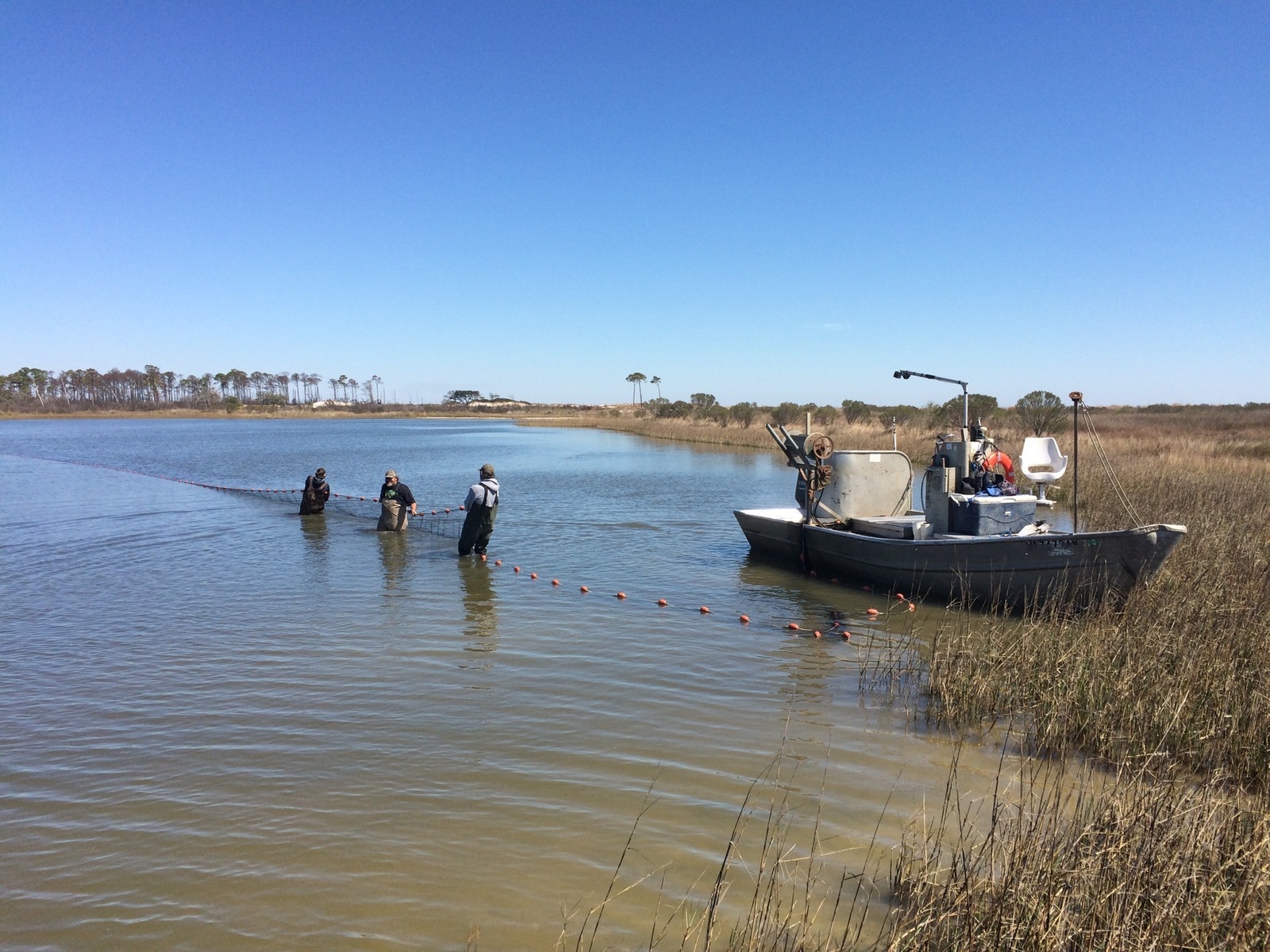In mid-September, Mississippi fishermen were prepared for a showdown at the state Commission of Marine Resources, facing a proposal that would have set a one-mile commercial finfish net exclusion zone around Cat Island.
The proposed net ban would have affected fishermen using haul seines to fish relatively small quotas of redfish (about 60,000 pounds), speckled trout (about 50,000 pounds) and flounder (about 75,000 pounds).
"These are small fisheries, but we're proud of them," said Ryan Bradley, executive director of Mississippi Commercial Fisheries United and a 2018 NF Highliner. "We really feel like we battled an unjust political attack with bad information coming from one side."
The proposal was ultimately denied in a draw with a 2-2 vote. Under normal circumstances the CMR would have five votes total, but the term for commissioner Jolyene Trapani of Bay St. Louis expired in June, leaving the commission with four votes and no tie break.
Proponents of the net ban included the region's sport fishermen backed by the Coastal Conservation Association.
"The CCA was pushing for this because there was a lot of outcry about commercial fishermen 'catching all the speckled trout,'" said Bradley.
While recreational fishermen do have to abide by a daily bag limit and size limits, there is no cap for total catch. The sector typically catches between 1 million and 2 million pounds of speckled trout a year.
The accusations of taking too many fish were quickly deflected, so the CCA narrowed its focus on protecting seagrass growing around Cat Island.
“Cat Island is a sensitive area with essential habitat characteristics that demand protection,” said F.J. Eicke, chairman of the CCA. “Many of our members have expressed concern that placement of nets close to the shorelines of Cat Island will endanger the submerged aquatic vegetation that is so prevalent near the shorelines.”
Mississippi Commercial Fisheries United countered by seeking out independent research showing that there was no significant damage caused to sea grass by haul seining. In fact, there was research that showed the types of seagrass affected by haul sign nets actually tended to grow back thicker.
During the public comment period for the proposal, 1,040 people signed a petition in support of the net ban. The CMR received 30,487 signatures on a petition opposing the ban.
"We really utilized social media to share this issue with people all over," said Bradley. "We received support from people supporting the industry throughout the gulf and elsewhere."
Mississippi Commercial Fisheries United even suggested making sustainable changes to the fishery as well, offering to make the fishery limited entry to slow the pace.
While fishermen may have come out on top this year, Bradley expects the issue will come back around in the near future. MCFU had pressured the state government to forgo appointing a new marine resources commissioner immediately to avoid a CCA-leaning representative to fill the seat. The seat won't remain empty for much longer, though.
"This is not going to be the end," said Bradley, noting that the fishery could face a similar proposal at the top of 2019. "It's going to come back around in one form or another. But we'll keep fighting it.”







